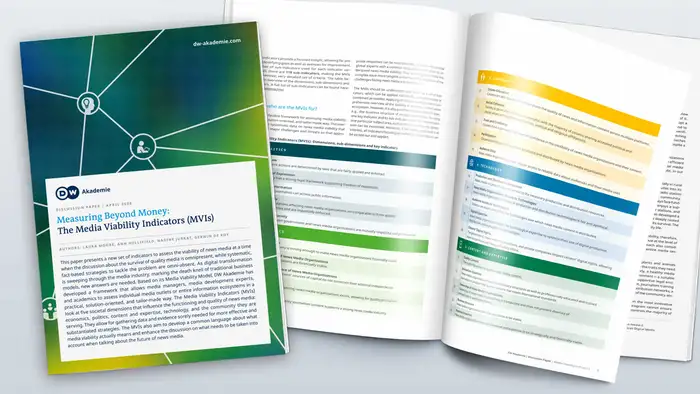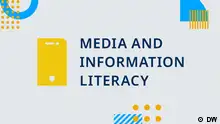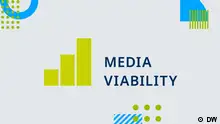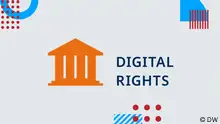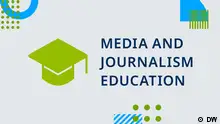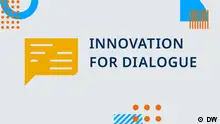media development
Media Viability: New indicators show what is at stake
What stops a country's media sector from producing high quality journalism and being sustainable? DW Akademie offers media practitioners, activists, and scholars a new framework to assess media viability.
The COVID-19 pandemic brings a bitter irony to light: In times of crisis, when journalists are needed most, journalism itself is fighting extinction. While audience numbers reach record-highs as people desperately search for reliable information, news media around the world are suffering a dramatic dip in advertising revenue amid a sudden economic downturn.
Now, more than ever, a clear understanding is needed of how news media outlets can stay – or become – viable. Which aspects should be considered when trying not only to survive financially as a media outlet but to produce quality content and attract enough income to run a successful business? What political frameworks need to be in place to foster a vibrant media landscape?
To answer these questions, DW Akademie has developed a new set of indicators. The Media Viability Indicators (MVIs) provide a practical tool that allow media managers, media development experts, and academics to gather data and evidence sorely needed for more effective strategies––by evaluating individual media outlets or entire information ecosystems. The framework considers a range of aspects covering politics, economics, communities, technology, and content.
How can a media system’s viability be measured?
Being able to assess the viability of entire media systems is crucial for media managers striving to run their businesses, media development experts designing projects, donors in the field of media, good governance and human rights to decide what projects to support, or academics aiming to understand media landscapes in a nuanced way.
In the MVI framework, an extensive list of indicators helps stakeholders get started straight away, using the Key Indicators, Sub-Indicators, and a detailed methodology .
For example, human rights organizations that monitor freedom of expression in different countries can use the entire set of indicators to produce regular reports, helping them to raise awareness of existing problems and upcoming issues. Media managers wanting to improve their business strategies can get an overview of the most important aspects relating to business structure and expertise. And a publisher looking for new methods of distribution can apply the indicators linking to digitalization and audience habits to assess whether a new product could boost audience numbers.
Based on DW Akademie’s Media Viability concept, the MVIs aim to gain systematic data on news media viability, provide global experts with a common language on this topic, and to facilitate a fact-based discussion on the future of news media––a debate that should help to identify solutions for media and journalism amid a multi-faceted crisis. A first academic assessment by DW Akademie of the media landscape in Lebanon using the MVIs will be published shortly.
DW recommends
WWW links
Downloads
- Date 19.05.2020
- Author Nadine Jurrat, Laura Moore
- Feedback: Send us your feedback.
- Print Print this page
- Permalink https://p.dw.com/p/3EsDk
- Date 19.05.2020
- Author Nadine Jurrat, Laura Moore
- Send us your feedback.
- Print Print this page
- Permalink https://p.dw.com/p/3EsDk

